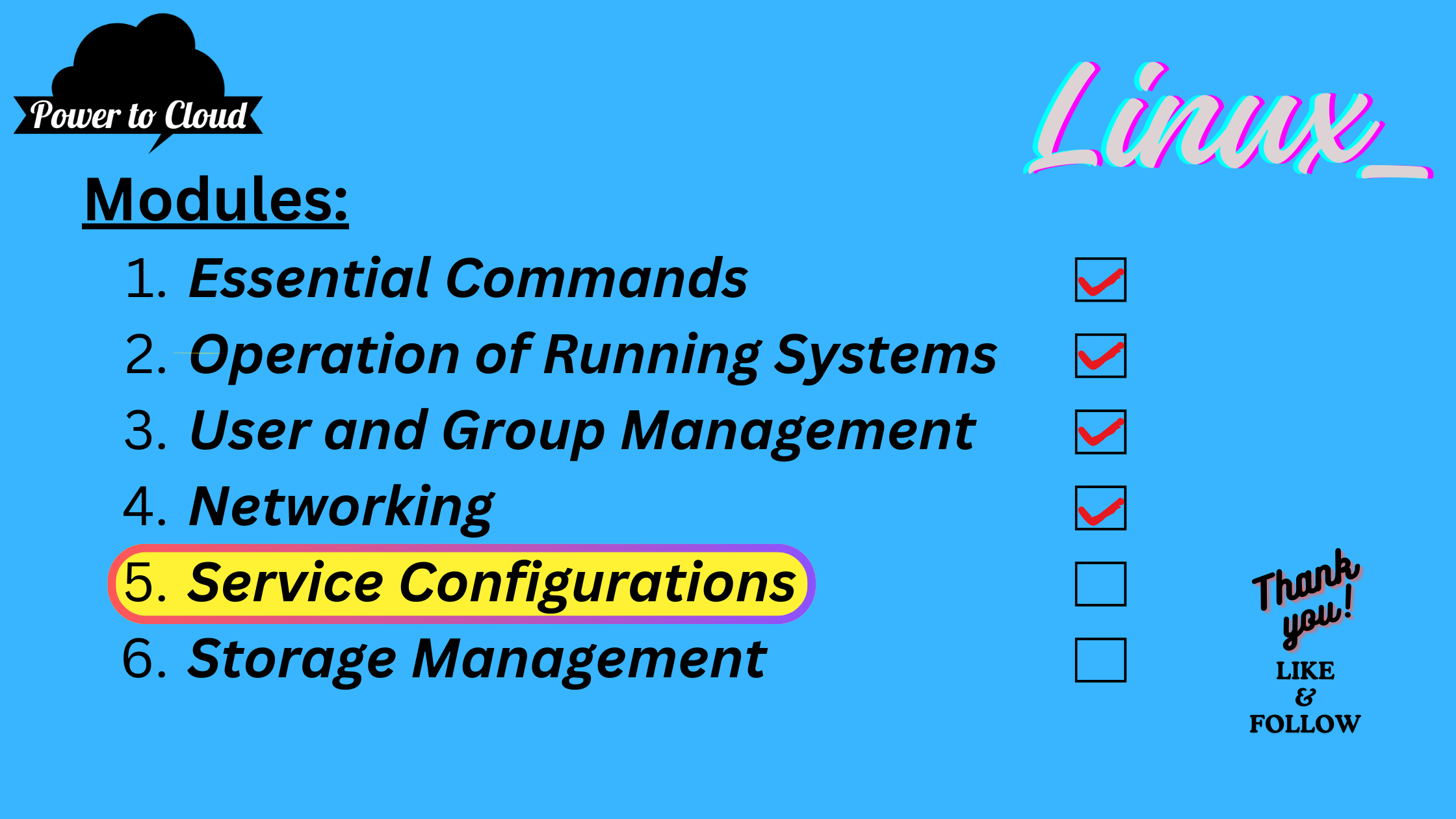5.7 Enhancing Security with Squid Proxy Server: Restricting Access
 Vijay Kumar Singh
Vijay Kumar Singh
Introduction:
Squid is a versatile proxy server that enhances network performance by caching content and optimizing web page delivery. However, to ensure security and control access to sensitive resources, it's essential to configure access restrictions effectively. This guide outlines the process of restricting access to the Squid HTTP proxy server, focusing on enforcing access control rules to enhance security.
Installing and Configuring Squid: Before configuring access restrictions, ensure Squid is installed and running on your system. Follow these steps to install and configure Squid:
Installation: Use your package manager (
dnfin this case) to install Squid.sudo dnf install squidStarting and Enabling Squid: Start the Squid service and enable it to start automatically at boot time.
sudo systemctl start squid sudo systemctl enable squidFirewall Configuration: Allow access to the Squid service through the firewall.
sudo firewall-cmd --add-service=squid sudo firewall-cmd --add-service=squid --permanent
Access Control Configuration: Access control in Squid is managed through ACLs (Access Control Lists) defined in the squid.conf configuration file. Follow these steps to restrict access to specific domains:
Editing
squid.conf: Open the Squid configuration file for editing.sudo vi /etc/squid/squid.confDefining ACLs: Define ACLs to specify the access control rules. In this example, we'll restrict access to the YouTube domain.
acl youtube dstdomain .youtube.comDenying Access: Use
http_access denyto deny access to the defined ACLs.http_access deny youtubeAlternatively, you can use
http_access allowto explicitly allow access to specific ACLs and deny access to all others.http_access allow localnet !youtubeApplying Changes: After configuring access control rules, reload the Squid service to apply the changes.
sudo systemctl reload squid.service
sudo dnf install squid
sudo systemctl start squid
sudo systemctl enable squid
sudo firewall-cmd --add-service=squid
sudo firewall-cmd --add-service=squid --permanent
#Adding access rules
#By default, the /etc/squid/squid.conf file contains the http_access allow localnet rule
#that allows using the proxy from all IP ranges specified in localnet ACLs.
sudo vi /etc/squid/squid.conf
#acl:access control list
#localnet : name of access control list
#After we add all the things we need in an access control list,
#we'll also need to specifically allow or deny access to each ACL
#to actually enforce the rules
#To deny access to a particular domain (exampe: Youtube)
#dstdomain: destination source type domain
#To denay youtube and all its subdomains use (.youtube.com) and
#to deny only Youtube and not its subdomains (youtube.com)
acl youtube dstdomain .youtube.com
http_access deny youtube
#or use this
http_access allow localnet !youtube #(this will trigger both rules together)
#to apply changes
sudo systemctl reload squid.service
Conclusion:
By configuring access restrictions in Squid, administrators can effectively control access to web resources and enhance security by preventing unauthorized access to sensitive domains. By following the steps outlined in this guide, organizations can leverage Squid's caching capabilities while maintaining strict control over access policies, thereby ensuring a secure and optimized web browsing experience for users.
Subscribe to my newsletter
Read articles from Vijay Kumar Singh directly inside your inbox. Subscribe to the newsletter, and don't miss out.
Written by

Vijay Kumar Singh
Vijay Kumar Singh
I'm Vijay Kumar Singh, a Linux, DevOps, Cloud enthusiast learner and contributor in shell scripting, Python, networking, Kubernetes, Terraform, Ansible, Jenkins, and cloud (Azure, GCP, AWS) and basics of IT world. 💻✨ Constantly exploring innovative IT technologies, sharing insights, and learning from the incredible Hashnode community. 🌟 On a mission to build robust solutions and make a positive impact in the tech world. 🚀 Let's connect and grow together! #PowerToCloud